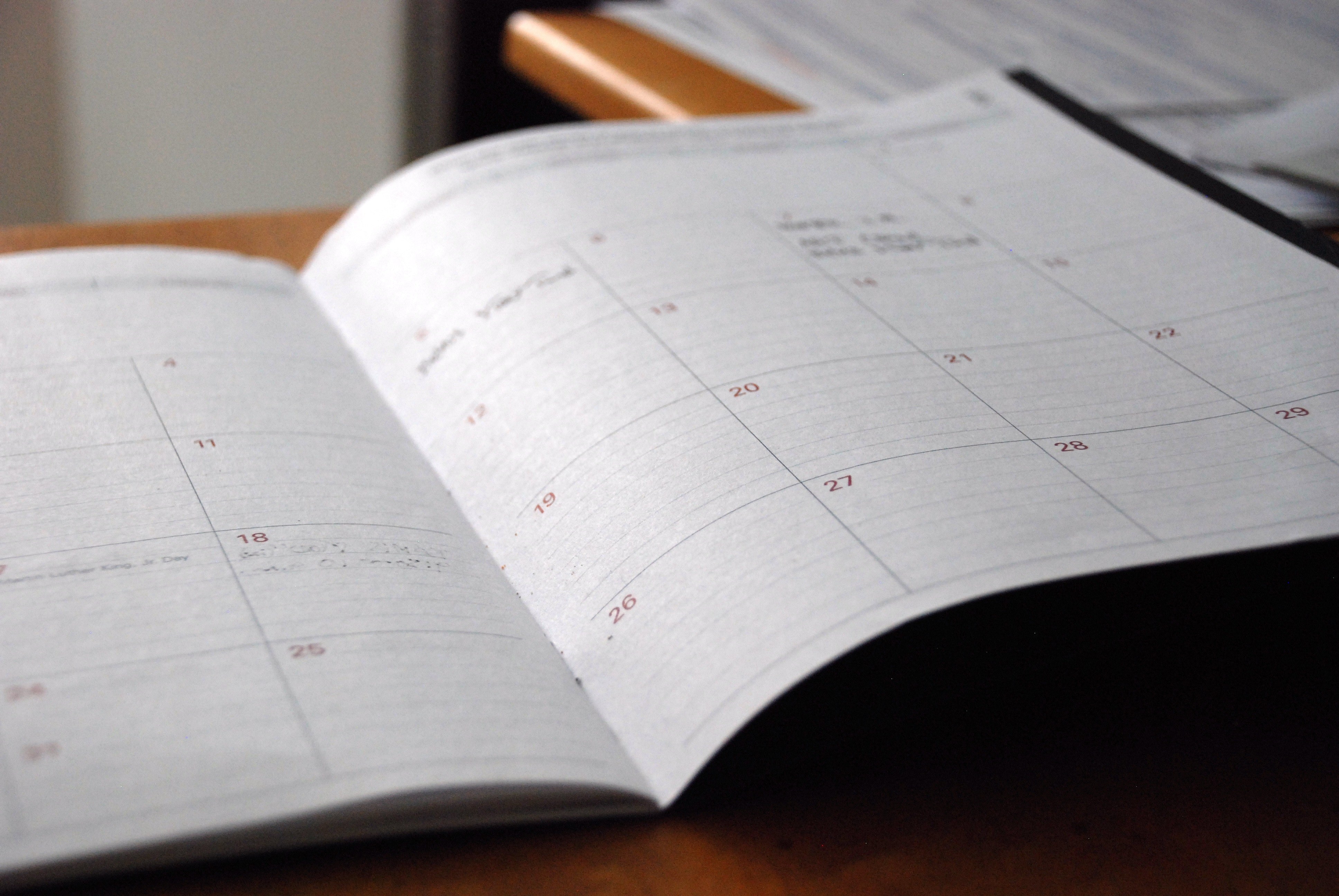
The first step toward understanding your annual property tax bill is to know how your county’s appraisal district arrived at the amount they’re requiring you to pay.
In Texas, there are three major parts to the property tax system.
1. Your local appraisal district sets the value of property each year.
2. A panel of citizens (called the appraisal review board) listens to any protests or disagreements any individual has with the value the appraisal district settled on.
3. The tax rate is set by your local taxing units (county government, school districts, etc), using tax rates that will produce the necessary revenue for their annual budget.
These three components are spread out throughout the year. From January 1 through the mailing of tax bills in October there are four stages to be aware of:
1. January through April - Your property value is determined: How the property is being used on January 1 of any given year, along with the condition of the market and who owns the property all combine to determine how the value will be assessed. New buyers living in their house on January 1 should make a note to apply for the homestead exemption no later than April 30. (You must be living in your house on Jan. 1 to qualify for a homestead exemption that year.)
2. May - Protest your property value: After you have received your appraised value your district will have a period of time when each citizen can come in and protest the appraisal office’s decision. Some appraisal districts now offer the ability to protest online for select reasons. Two of the most popular arguments from individuals are the paperwork from the county contains an error (like wrong square footage), or the selling price for nearby comparable homes are well under your assessed value. You will first file your protest either by mail or online and then be invited to speak to the appraisal review board starting in mid-May.
3. August through September - New area tax rates: Your local taxing units will adopt tax rates for the upcoming year in early Fall. These rates, determined by county government, school districts, and potentially others depending on your location (like junior colleges and hospitals), will be applied toward your property value to determine how much you will owe in property taxes for the year.
4. October - Tax bills go out: After the tax rates are set you will receive your tax bill in the mail. This is the official amount you will be required to pay. It is your assessed property value multiplied by the district’s approved tax rate. You have until January 31 of the following year to pay this bill. Beginning February 1 the taxing authorities will begin charging penalties and late fees. Tax collectors can also begin taking legal action on unpaid tax bills at this time.
Understanding the process, and being ready for each stage is a great way to know what to expect when your tax bill is mailed in October. However, at Propel we understand that even the best plans can be disrupted. You can see how our property tax loan plans can keep you in good standing with the government and provide relief in the form of manageable monthly payments.
Property tax loans don’t need to be complicated. They just need to get the job done and we can help with that. Have questions on proposed property tax rates within your county? Give us a call at 877.324.8445 and we’d be happy to provide you with the resources that you need to in order to have peace of mind.